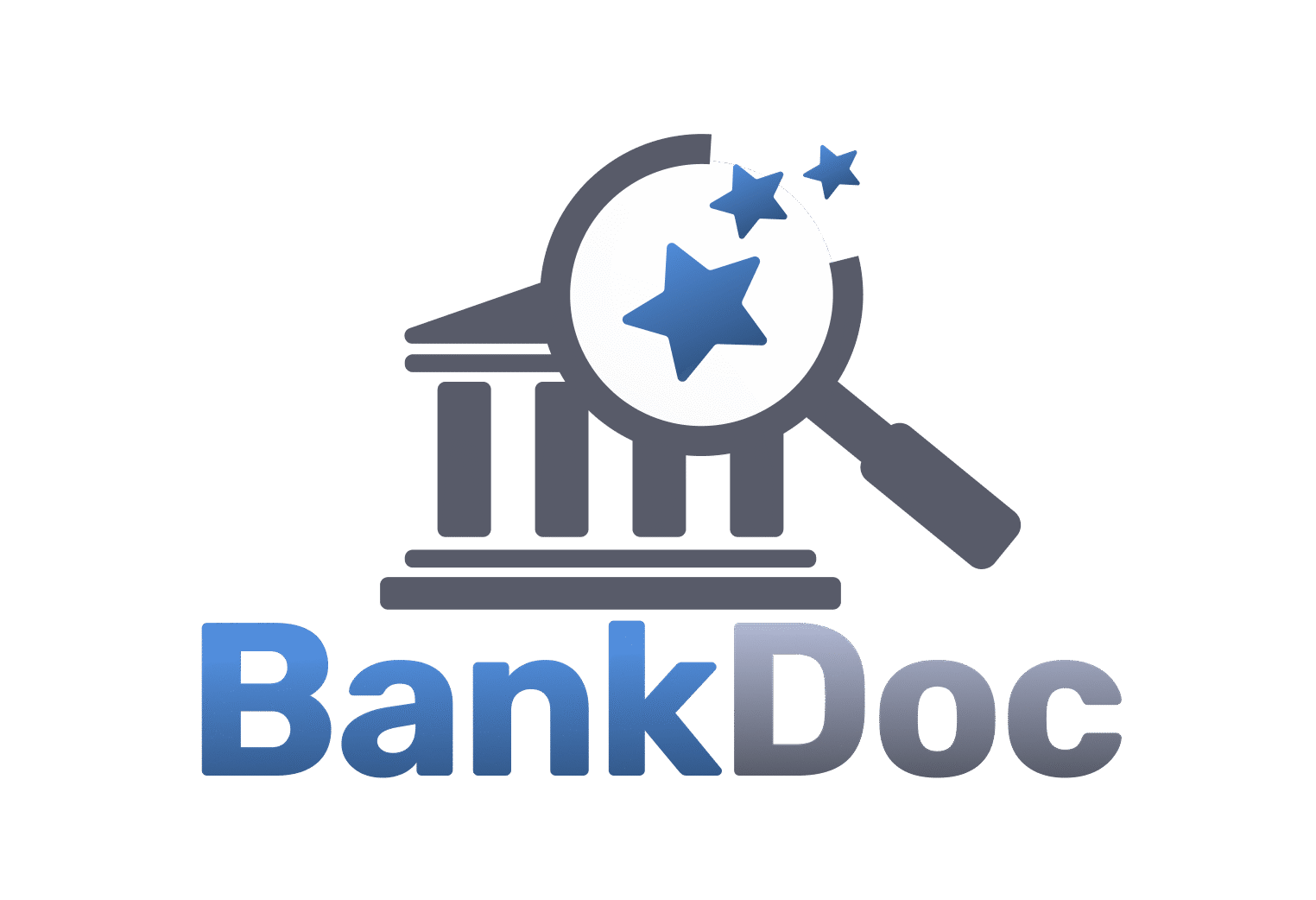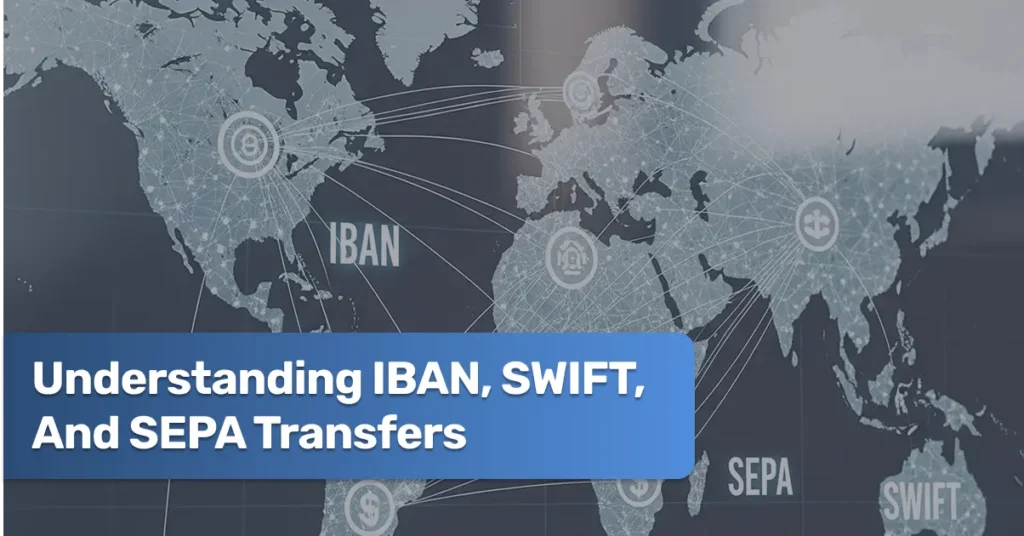When it comes to sending or receiving money across borders, especially within or from Europe, you will frequently come across terms like IBAN, SWIFT, and SEPA. Understanding what they mean – and how they differ – is essential to avoid delays, high fees, or failed transactions.
Whether you’re a business owner, freelancer, or simply managing international payments, this guide will help you confidently navigate international banking standards.
What is IBAN?
IBAN stands for International Bank Account Number. It is a standardised format for identifying bank accounts across countries to ensure that international transactions are processed smoothly and accurately.
Key facts about IBAN:
- Primarily used in Europe and other parts of the world.
- Each IBAN includes:
- A two-letter country code (e.g., DE for Germany)
- Two check digits
- A basic bank account number (BBAN), which includes the bank code and the individual account number.
Example of an IBAN:
DE89 0000 1111 2222 3333 00
(This is a German IBAN format.)
Why IBAN matters:
Without a correct IBAN, your payment may be delayed, rejected, or incur additional fees. It ensures that funds are routed to the exact account, even across international systems.
What is SWIFT?
SWIFT stands for the Society for Worldwide Interbank Financial Telecommunication. It is not a payment system, but a secure messaging network used by banks and financial institutions to exchange information about financial transactions.
Key facts about SWIFT:
- Identified through a SWIFT code or BIC (Bank Identifier Code).
- A SWIFT/BIC code typically consists of:
- 4 letters identifying the bank
- 2 letters for the country
- 2 characters for the location
- An optional 3-digit branch code
Example of a SWIFT code:
DEUTDEFF
(This is the SWIFT code for Deutsche Bank in Frankfurt.)
Why SWIFT matters:
It enables secure and reliable communication between banks worldwide. For cross-border payments outside the EU or EEA, a SWIFT code is often required.
What is SEPA?
SEPA stands for Single Euro Payments Area. It is a European Union initiative that simplifies euro-denominated bank transfers across participating countries, making them as easy and fast as domestic payments.
SEPA includes:
- All EU member states
- European Economic Area (EEA) countries: Iceland, Liechtenstein, Norway
- Switzerland, Monaco, San Marino, Andorra, and the UK (limited participation)
Types of SEPA transfers:
- SEPA Credit Transfer (SCT) – One-time euro payments between accounts.
- SEPA Direct Debit (SDD) – Recurring payments (e.g., utility bills, subscriptions).
- SEPA Instant Credit Transfer – Real-time euro transfers processed in seconds.
Why SEPA matters:
SEPA eliminates the need for different procedures in each country. It offers:
- Low or no fees
- Fast processing (usually within 1 business day)
- Transparent rules across member states
Key Differences Between IBAN, SWIFT, and SEPA
| Feature | IBAN | SWIFT | SEPA |
|---|---|---|---|
| Purpose | Identifies bank accounts | Identifies banks globally | Streamlines euro transfers |
| Format | Country-specific, up to 34 characters | 8 or 11 alphanumeric characters | Euro-only, standardised protocol |
| Region | Mainly Europe and some other countries | Global | EU, EEA + a few others |
| Used for | Domestic and international payments | International bank communication | Euro transactions in SEPA zone |
When Do You Use Each?
- IBAN only: When sending money within the EU or EEA in euros.
- IBAN + SWIFT: When sending money outside the EU, or when the transfer involves different currencies.
- SEPA: When transferring euros between SEPA-compliant countries, the cheapest and fastest method if both accounts are in SEPA.
Tips for Safe and Efficient Transfers
- Double-check account numbers before sending any funds.
- Use SEPA whenever possible to minimise fees and delays.
- Verify SWIFT codes with your recipient’s bank to ensure accuracy.
- Check transfer limits and processing times, especially with SEPA Instant.
- Avoid intermediary banks where possible, as they may charge extra fees during SWIFT transfers.
Final Thoughts
Understanding the role of IBAN, SWIFT, and SEPA is crucial for managing both personal and business finances in Europe. By choosing the correct system for your transfer, and making sure all details are accurate – you can save time, money, and unnecessary stress.
As the European banking ecosystem continues to digitise, expect further improvements in speed, cost, and accessibility for cross-border transactions.
FAQ: IBAN, SWIFT, and SEPA
An IBAN (International Bank Account Number) is a standardized, internationally recognized format used to identify individual bank accounts. It ensures accuracy and reduces errors during cross-border transfers and is mandatory for SEPA payments in Europe
A SWIFT or BIC (Bank Identifier Code), standardized under ISO 9362, uniquely identifies a bank internationally. It’s essential for non-SEPA (global) transfers and may still be required alongside IBAN in some SEPA transactions
SEPA (Single Euro Payments Area) is a unified euro payment framework covering 41 countries (EU, EFTA, UK, and microstates). It simplifies euro transfers within this zone, making them as fast and affordable as domestic transactions
1. SEPA transfers: Euro-only, within SEPA region, low fees (often free), and fast (typically next-day or instant)
2. SWIFT transfers: Global reach in multiple currencies, involve intermediaries, longer processing, and higher costs
Yes, you can, but SWIFT transfers are generally slower, more expensive, and less streamlined than SEPA transfers when sending euros in Europe
You will need the recipient’s name, IBAN, BIC (only if required), amount, and optionally a payment reference. SEPA transfers must be completed within one banking day
Generally, SEPA euro transfers are free for private customers under EU Regulation No. 924/2009. Business accounts may incur small fees (usually under €0.40), and large or currency exchange transfers may involve charges

